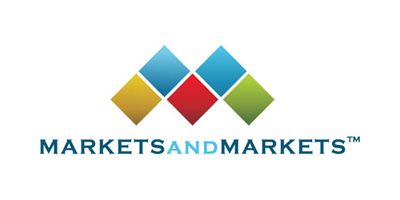Rubber additives market forecast at $9.3 billion by 2026
Pune, India – The rubber additives market size is estimated to be USD 7.8 billion in 2021 and is projected to reach USD 9.3 billion by 2026, at a CAGR of 3.5% between 2021 and 2026 according to Markets and Markets. Rubber additives are used to improve the resistance of rubber against the effects of heat, sunlight, mechanical stress, and others. Different types of rubber additives are antidegradants, accelerators, and processing aids. Antidegradants include phenylenediamine, phosphite, phenolic compounds, and other chemicals. Accelerators comprise benzothiazole, sulfenamides, and others. Moreover, blowing agents, peptizers, and retarders are also used for processing rubber. The growth of the rubber additives market is primarily triggered by the growing automobile industry which in turn drives the need for rubber additives. The stringent government regulations foster manufacturers to comply with the environment standards. Thus, the government regulations coupled with the growing environmental concerns are expected to restrain the growth of the market. The opportunities for this market are rapidly increasing demand from the Asia-Pacific region and emergence of high-performance rubbers.
The demand for rubber additives is estimated to increase owing to their high demand from the non-tire applications. The non-tire applications of rubber additives include rubber goods, rubber mats, wipers, footwears, automotive body parts, mining industry, rubber insulation tapes, insulations, conveyor belts, etc. The rapid industrialization in the developing nations of Asia-Pacific, particularly in China and India, leads to the increased demand for rubber products. Moreover, the increased need for superior quality rubber products drives the market for rubber additives that impart superior qualities to rubber products. Improved use of non-tire rubber in automotive sector such as automotive guards, wipers, protection covers, etc. to minimize vehicle weight for fuel economy increases consumer demand for non-tire rubber.
The demand for antidegradants is fuelled by the expansion in its applications such as tire and industrial rubber products. These are used to improve the rubber’s resistance against the effects of sunlight, oxidation, heat, and mechanical stress. Moreover, they are used to improve the performance and lengthen the service life of rubber products. The market for accelerators is estimated to witness a decent growth due to their increased demand for vulcanizing rubber products. The others segment is estimated to witness slow growth during the forecast period. Processing aids, blowing agents, among others are used to improve the plasticity of rubber.
Asia Pacific is expected to be the largest rubber additives market during the forecast period, in terms of value.
Asia Pacific is the fastest-growing region in rubber additives market owing to rapid economic growth in the region. The increased demand for superior quality processed rubber from the automotive industry is driving the market for rubber additives in the region. The growing population coupled with the increasing purchasing power of consumers is boosting the demand for automobiles in the region. This in turn drives the market for rubber additives as they are required to enhance the properties of rubber which is used to manufacture automotive tires.
Europe is the second-largest market for rubber additives. This is due to the huge automotive industry in Germany. European manufacturers are facing stiff competition from Chinese manufacturers, impelling them to produce high-tech products. Furthermore, the Registration, Evaluation, Authorization and Restriction of Chemicals (REACH) regulations in the region have compelled the producers of rubber additives to formulate environmental-friendly products.
The key market players profiled in the report include Arkema S.A.(France), Lanxess AG (Germany), BASF SE (Germany), Solvay S.A. (Belgium), Sinopec Corporation (China), R.T. Vanderbilt Holding Company, Inc. (US), Emery Oleochemicals (US), Behn Meyer Group (Germany), Toray Industries, Inc. (Japan), and Sumitomo Chemical (Japan).

